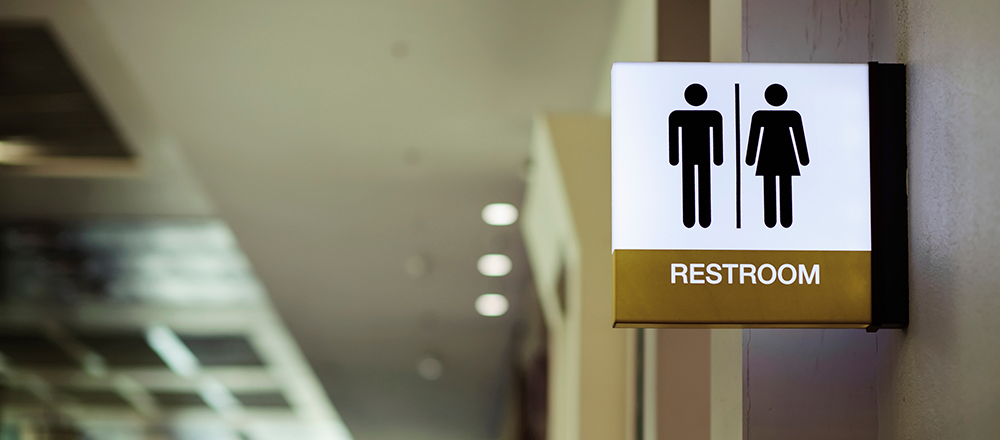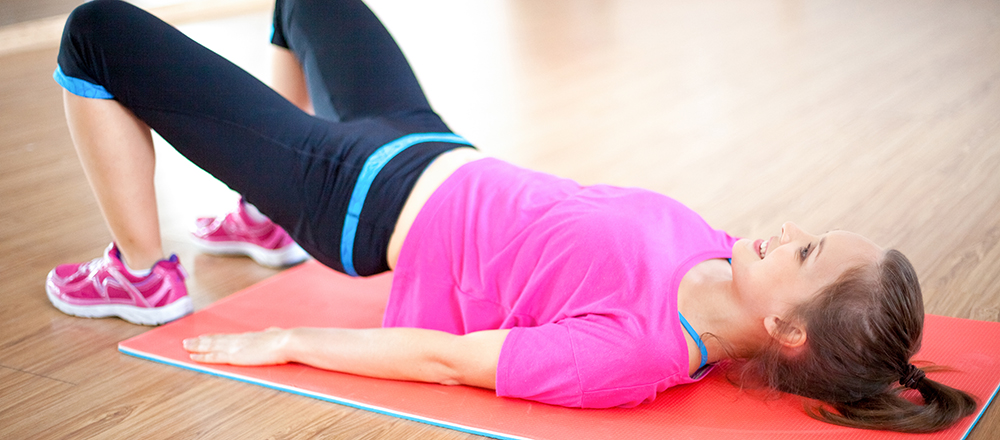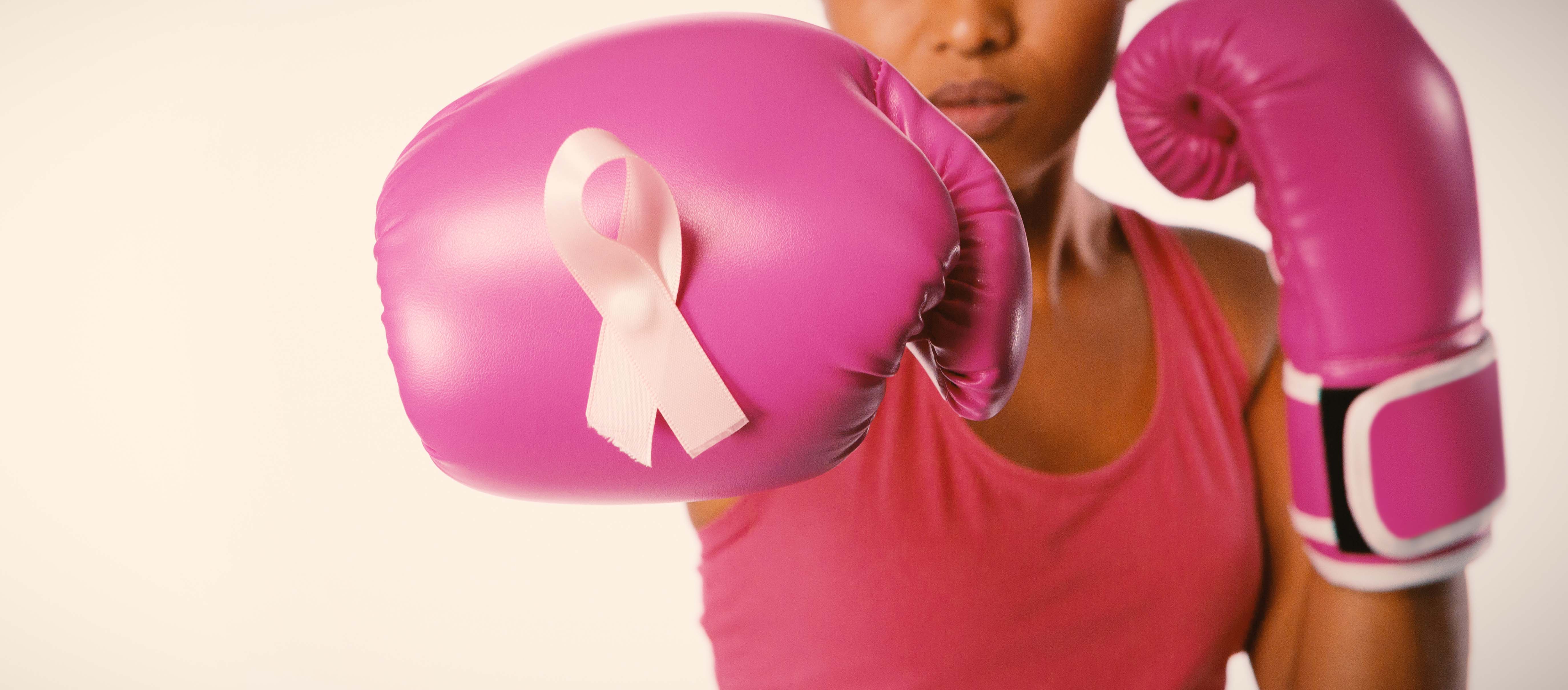
Urinary incontinence can be painful and disruptive to a woman’s quality of life. It is not a normal part of aging, and you need not live with it.
A pelvic floor disorder, urinary incontinence is, in essence, when you have lost urine, but you didn’t intend to do so. It can have many ramifications. It affects your physical, psychological and social well-being. It also can impact your sexual function, lifestyle and your caregivers.
Symptoms
Telltale signs are leaking during activity, coughing, laughing and/or sneezing. Patients often say, “I can’t make it in time” or “I never pass up a bathroom.” They wake many times each night to use the bathroom, which creates a fall risk especially for the elderly. And when they think they have finished urinating, they leak urine when standing.
Prevalence
If you experience these symptoms, you are not alone. This very prevalent problem is:
-
Common for women, and in particular for:
- 25% of young women
- 44%-57% of middle-aged women
- 75% of senior women
- Of women living in a community-dwelling home, about 25%-61% seek care.
Types
Patients often think there is one cause. This is not the case. There are myriad types. The four most common are:
- Stress urinary incontinence: Often present with coughing and sneezing
- Urge urinary incontinence: Elicits a sudden need to urinate
- Urinary retention with overflow incontinence: The full bladder overflows
- Mixed urinary incontinence: A mix of types of incontinence
Other causes include:
- Fistulas
- Infectious
-
Functional
- Cognitive impairment
- Physical impairment
- Neurologic
- Pharmacologic
- Metabolic
Several risk factors contribute to urinary incontinence:
-
- Caffeine intake
- Constipation
- Family history
- Frequent urinary tract infections
- Labor-intensive jobs
- Lung disease
- Neurologic disorders
- Strokes
- Dementia
- Multiple sclerosis
- Parkinson’s disease
- Spinal cord injuries
- Obesity
- Poorly controlled diabetes
- Pelvic organ prolapse
- Pregnancy and childbirth via vaginal delivery
Treatment
Like any office visit, my patients and I begin by talking with each other. We'll look at risk factors and symptoms that might be the cause. The physical exam will include a pelvic exam, urinalysis and test to see how much urine is left after bladder emptying.
If patients have more complicated symptoms, they’ll keep a 48-hour bladder diary to track fluid input and urinary output.
Some patients may need more involved testing. Urodynamics looks at how well the bladder, sphincters and urethra hold and release urine. A cystoscopy views the inside of the bladder and urethra.
Patients can do things on their own help manage their incontinence:
- Diet changes: These can irritate the bladder and promote further incontinence:
- Alcoholic drinks
- Carbonated drinks
- Chocolate
- Citric acid fruits
- Coffee
- Cranberry
- Desserts or sugary foods
- Spicy foods
- Tea
- Tomato extracts or tomato-based products
- Weight loss
Depending on the type of incontinence, patients can use:
- Pelvic floor exercises: Strengthens your pelvic floor and controls muscle function
- Biofeedback devices: Provides feedback via your phone on how well you’re performing pelvic floor exercises
- Poise® Impressa: Provide support under the urethra to reduce your incontinence
- Pelvic floor stimulators: Electrically stimulate your muscle to cause muscle contraction
The type of incontinence you have will determine your treatment options. This could include medications, physical therapy and outpatient neurostimulator treatments. Surgical interventions are also performed, but this approach is determined based on the type and severity of incontinence.


